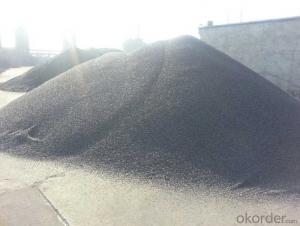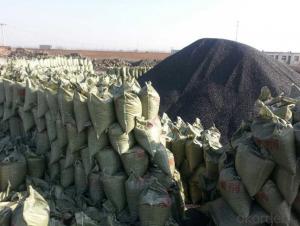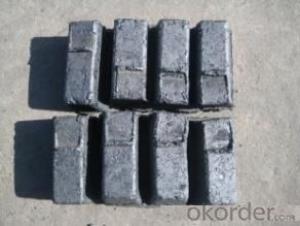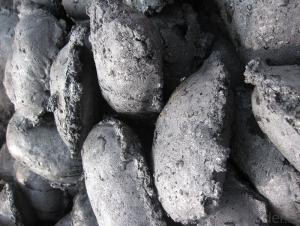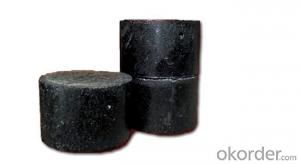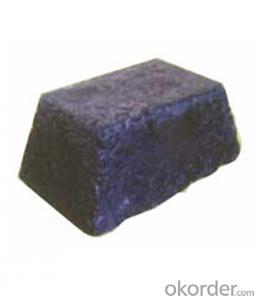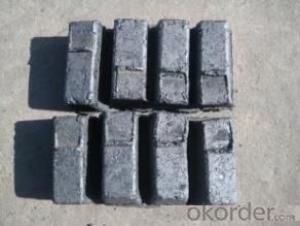Sealing Carbon Electrode Paste
- Loading Port:
- China Main Port
- Payment Terms:
- TT OR LC
- Min Order Qty:
- 20
- Supply Capability:
- 1000 /month
OKorder Service Pledge
OKorder Financial Service
You Might Also Like
Introduction:
Carbon Electrode Paste is a self-baking electrode used in submerged arc furnaces for delivering power to the charge mix. Electrode Paste is added to the top of the electrode column in either cylindrical or briquette form. As the paste moves down the electrode column the temperature increase causes the paste to melt and subsequently bake forming a block of electrically conductive carbon. Electrode Paste is essentially a mix of Electrically Calcined Anthracite (ECA) or Calcined Petroleum Coke (CPC) with Coal Tar Pitch.
•Main Function And Features
1) Low ash content
2) Good electric and thermal conductivity
3) High resistance to temperature
4) Stable quality
5) Reasonable price
6) Size:all kinds of electrode paste
7) Accord customer's reques change
Specification:
S/N | Sealing paste | Chemically Electrode Paste | |
Item | No.1 | No.2 | |
Ash.( % ) | 4.0 max | 6.0 max | 11.0 max |
V.M (%) | 12.0-15.5 | 12.0-15.5 | 11.5-15.5 |
Compress Strength. (Mpa) | 18.0 min | 17 min | 19.6 min |
Specific Resistance (μΩm) | 65 max | 7568 max | 90 max |
Bulk Density (G/CM3) | 1.38 min | 1.38 min | 1.38 min |
Elongation % | 5-20 | 5-20 | 5-25 |
PICTURE:
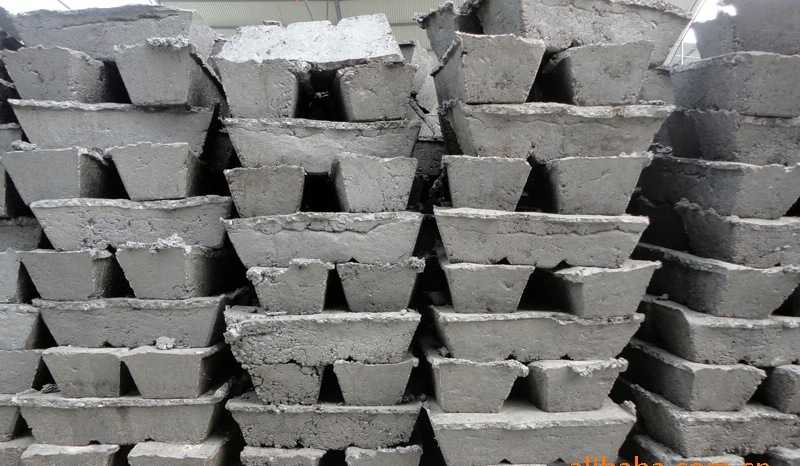
- Q: What is the carbon content of different types of rocks?
- The carbon content of different rock types can vary greatly, with rocks primarily consisting of minerals that do not contain much carbon. However, certain rocks can have varying amounts of carbon due to the presence of organic matter or other carbon-rich materials. Sedimentary rocks, like limestone and coal, have the potential to contain higher levels of carbon. Limestone is mainly made up of calcium carbonate, but it can also have small amounts of organic matter or carbonates that contribute to its carbon content. In contrast, coal is a sedimentary rock formed from decomposed and carbonized plant material, resulting in a high carbon content ranging from 50% to 90%. Igneous rocks, formed from solidified molten material, generally have very low carbon content because the process of magma crystallization does not involve the inclusion of carbon-rich materials. However, there are exceptions in certain cases where magma interacts with carbon-rich fluids or rocks, leading to the formation of carbon-bearing minerals like graphite or diamond. Metamorphic rocks, formed through the transformation of existing rocks under high pressure and temperature, may contain varying amounts of carbon. The carbon in metamorphic rocks can come from the original rock or be introduced during the metamorphism process. For example, carbonaceous material in shale or limestone can be converted into graphite or other carbon-rich minerals during metamorphism. It is important to note that although some rocks may have significant carbon content, they are not considered a major reservoir of carbon in the Earth's carbon cycle. The majority of carbon is stored in the atmosphere as carbon dioxide, in the oceans, or in organic matter within living organisms.
- Q: How about carbon content of coal ash?
- Ash, carbon content, ash, carbon content, ash, carbon content, ash, carbon content, determination, determination, determination, determination (determination, determination)1 sampling(1) in the different positions of the ash, 7-10 points are deep to collect ash and 2-3kg. When sampling, not intentionally pick or avoid channels of ash, namely as ash samples taken, regardless of its size, regardless of the depth of color, regardless of its hardness, as far as possible to obtain a fully representative sample.(2) slag made on thick steel plate clean, which is smashed big gray block, mixing evenly into a cone, flattened, with a shovel cut ten sub center line, which is divided into 4 parts, two samples of diagonal, the other half abandoned.(3) repeat (2) operation. Reduce the amount to several times, until the ash is reduced to about 50 grams. Bring the ash back to the laboratory. The abandoned ash is discharged back into the ash heap.2, sample preparation(1) the ash in the laboratory will be retrieved and dried in a heated air drying oven (about 1 hours) at 105-110 degrees centigrade.(2) crushing the dry ashes with the disc vibrating mill, and the fine ash powder is the analysis sample.
- Q: How is carbon used in the manufacturing of electronics?
- Carbon is used in the manufacturing of electronics in various ways. One common application is in the form of carbon nanotubes, which are used to make smaller and more efficient transistors. Carbon is also used as a component in lithium-ion batteries, providing high energy density and longer-lasting power. Additionally, carbon is used as a conductive material in circuit boards and as a protective coating to prevent static electricity buildup.
- Q: Speak in detail! I am ~ carbon Roast Lamb Leg lamb chops lamb barbecue ah ~ ~ how to do with practice video line! And how do you bake the oven?
- Step 1: the leg with a knife cut, and then put into the seasoning pickled, according to the guests taste add salt, pepper, fennel, pepper and so on, this time can not add cumin. These ingredients should be fully blended and then applied to the surface of the meat. Then sealed with a sealed instrument to allow the meat to be fully salted and flavored, preferably 3 hours.
- Q: The dangers of grilled BBQ on humansWhat are the dangers of a charcoal barbecue?
- In fact, almost all the food will produce carcinogenic substances after fried, roasted, fried, fried and other high-temperature cooking treatment, like French fries, fried taro balls, fried doughnuts, after frying or baking starchy foods, they contain a large number of acrylamide (Acrylamide) in animal experiments. Propylene amine, can lead to the formation of DNA appendages, which caused the increase of gene mutation, carcinogenic risk.The fry roast fried etc., cooked food is easy to make the body acidic, the pH value is out of balance.To understand this relationship, in order to avoid carcinogenic substances harmful to our body, suggest to eat fried, fried, fried and grilled food, if in case of major occasions of unwillingness, demand, entertainment or banquet, it is best to take a Monday time limit; and don't forget to drink fresh juice Vegetable & Fruit one day, the best able to drink four to six cups, in order to remove toxins and supply immunity and self-healing system enough plant biochemical elements.
- Q: What is the most common isotope of carbon?
- Carbon-12, the most prevalent carbon isotope, derives its name from its atomic mass of 12 atomic mass units, determined by the composition of protons and neutrons in its nucleus. It dominates the natural abundance of carbon, comprising approximately 98.9% of all carbon atoms. In contrast, carbon-13 and carbon-14, the other two carbon isotopes, occur in lesser quantities and proportions. Being stable and resistant to radioactive decay, carbon-12 holds great significance as a vital element for sustaining life on our planet.
- Q: What's the difference between an alkaline cell and a carbon cell?
- Carbon batteries and alkaline batteries are dry cells, but only in accordance with the quality of different materials and divided into two categories:2. The battery should be full carbon carbon zinc batteries (because it is the general level is the carbon rod electrode is the zinc skin), also known as zinc manganese battery, is currently the most common dry battery, it has the characteristics of low price and safe and reliable use, based on the consideration of environmental factors, because the ingredients still contain cadmium. It must be recovered, so as to avoid damage to the environment of the earth. (so we usually use the carbon rod, the negative electrode is zinc skin, the battery should be recycled)
- Q: What are the main sources of carbon emissions?
- The main sources of carbon emissions include burning fossil fuels such as coal, oil, and natural gas for electricity, transportation, and industrial processes. Deforestation and land-use changes also contribute to carbon emissions by releasing stored carbon into the atmosphere.
- Q: There are several allotropes of carbon
- Allotrope of carbon: diamond, graphite, carbon 60 (fullerene), amorphous carbon (charcoal, coke, activated carbon, etc.)
- Q: Learn photography for nearly half a year, has always wanted to buy a tripod, want to buy carbon fiber tripod, what brand is better? The machine is D700+24-70About 3000 is too expensive ~ consider 1000 more just fine. Wage earners!
- In fact, only three foot two brands: brand and other brands of Gitzo
Send your message to us
Sealing Carbon Electrode Paste
- Loading Port:
- China Main Port
- Payment Terms:
- TT OR LC
- Min Order Qty:
- 20
- Supply Capability:
- 1000 /month
OKorder Service Pledge
OKorder Financial Service
Similar products
Hot products
Hot Searches
Related keywords







